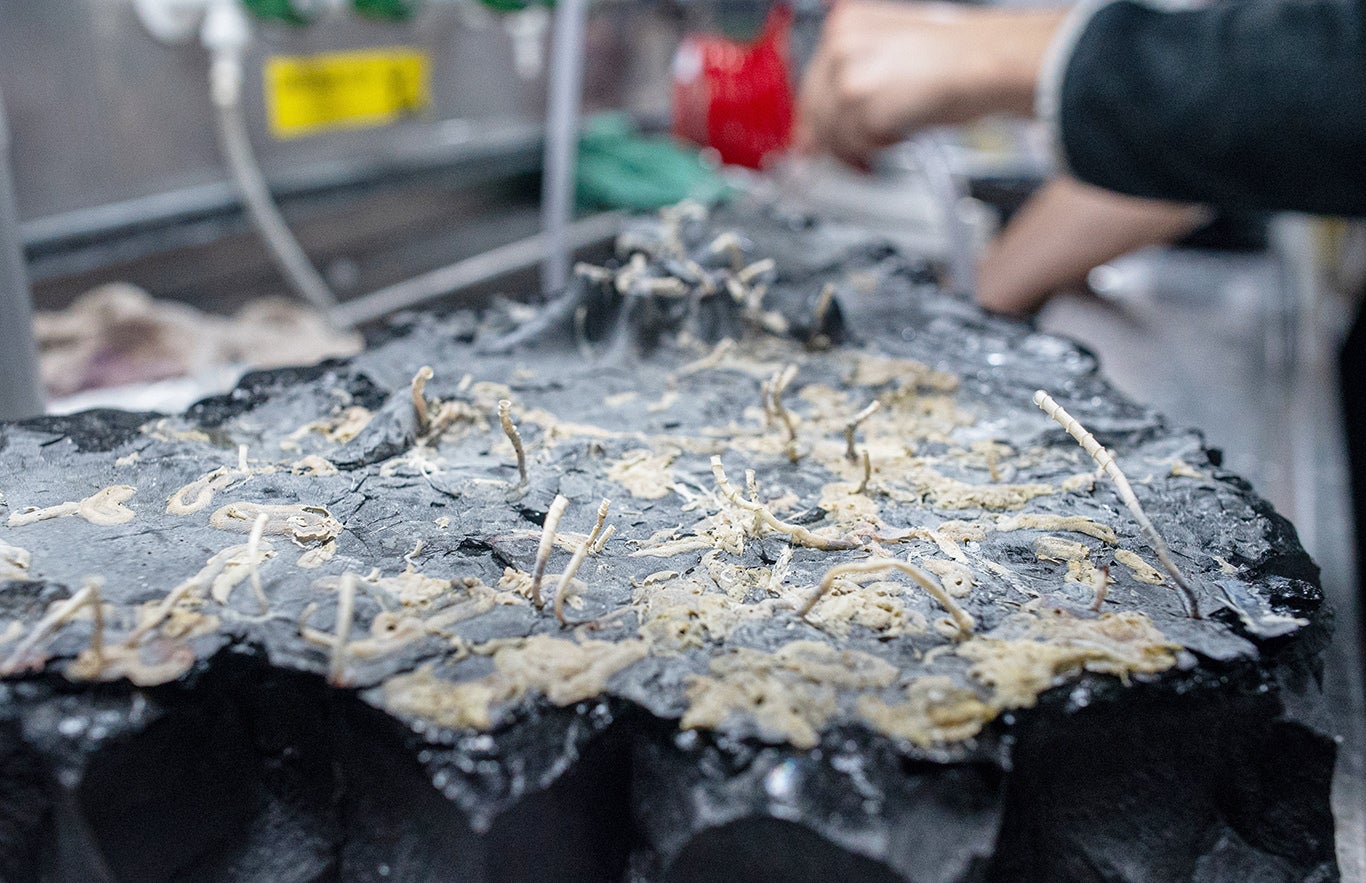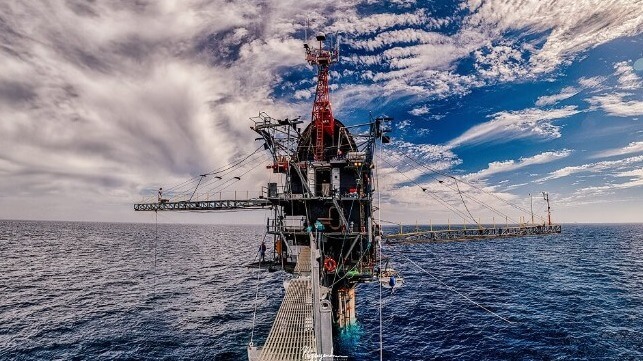From GeospatialWorld by Sachin AwanaEO and satellite imagery are playing a key role in tracking sea piracy, dark vessels and other illicit activities that cause ecological imbalances, posing a threat to oceanic sustainability.
Waterways have always played a crucial role in boosting trade and commerce, securing national borders, and expanding political heft.
Dominance of oceans across the globe has always been a point of contestation.
Historically, seafaring powers were the first to explore and conquer vast swathes.
With the advent of globalization and spiralling trade, there has been a rise in sea piracy and other illicit activities.
Population explosion globally has coincided with changing consumption patterns and other social and behavioural shifts, leading to a massive increase in demand for fishes, especially in China.
This has led to illicit fishing by dark vessels across the globe, endangering oceanic biodiversity.
Another issue has been the increase in the smuggling of narcotics and other contraband.
This brings the need for a system that can monitor the ships.
Spanning hundreds of miles, sea territory can be intimidating and out of bounds for manual monitoring.
Thus, giving an opportunity for a space-based arrangement that can scan the surface area of the sea to detect any illegal sailings.
Maritime Domain Awareness (MDA) is an umbrella term for monitoring sea-related activities.
It is defined as all areas and things of, on, under, relating to, adjacent to, or bordering on a sea, ocean, or other navigable waterways, including all maritime-related activities, infrastructure, people, cargo, and vessels and other conveyances, as explained by Dr Christian Bueger Professor of International Relations, University of Copenhagen in his paper ‘From Dusk to Dawn: Maritime Domain Awareness in Southeast Asia’.
“Space-based earth observation does not replace terrestrial systems but does make them substantially more effective and is a significant start to fulfilling the core need of knowing who is where on the world’s waterways,” said Guy Thomas, Co-founder, C-SIGMA.
“The potential contributions of space-based Earth observation systems to maritime awareness is of growing interest to the world’s naval and law enforcement forces, as well as to environmental preservationists, and commerce, maritime, environmental protection, and disaster preparedness governmental ministries,” he added.
Shipbrokers, and others with an interest in the marine domain, are also interested in it, however, there is a lack of coordination for maximizing the capabilities.
EO imagery has been useful in classifying the type of vessels involved, but it is not a feasible means of surveillance in cloud-covered areas.
Similarly, synthetic aperture radar (SAR) has had limited use due to the times of imaging (6AM and 6PM) and its relatively small coverage area.
The latest tool for satellite surveillance, radio frequency (RF) detection from marine radars, is already much more effective in detecting commercial fishing vessels conducting IUU fishing.
With a single coverage area spanning up to 700km, monitoring restricted zones have become much easier.
This allows maritime authorities to not only interdict, but also discourage national fleets from attempting to engage in IUU activities.
Overview of the Automatic Identification System (AIS).
(Photo by: Government of Canada)
The AIS
Since its inception, the Automatic Identification System (AIS) has been used as a public broadcast system to identify collisions at sea.
However, while expanding its capabilities, many organisations stepped forward and added features that would help track dubious activities.
A technology sophisticated enough to give respite to marine security around the world, the AIS proved to be the flagship data procurer for maritime domain awareness agencies.
However, there are different technologies within the sub-group of AIS.
Companies such as ORBCOMM, HawkEye 360, and UnseenLabs are innovating these technologies, especially the AIS to make it more efficient and accurate.
Organisations like the Global Fishing Watch are furthering the cause of maritime safety by intervening through pre-existing technologies.
“Utilizing an RF-first approach in addition to standard AIS signal monitoring offers improved maritime domain awareness.
National maritime authorities can rely on these results for strategic response and remediation tactics,” said Adam Bennett, Senior Director of Product Marketing at HawkEye 360.
There are a number of ways in which AIS can be made more efficient and accessible, yet, the complexity of the entire system trumps the efforts driven by many corporations
Spoofing AIS
There is still a lot to be done in making AIS more reliable as it has been easy to spoof it and create a proxy location for illicit exercises.
This is witnessed as many sanctioned countries barred from trading oil or fishing in Economic Exclusive Zones (EEZs) are using AIS to project their initial locations, only to turn off the system and enter forbidden zones.
These vessels are known as ‘Dark Ships’.
They have been on the rise throughout the world, with China leading the way in collecting hundreds of ships that sail around the world.
Since the Russia- Ukraine war, Moscow has also assembled a fleet of over 100 ships that will carry out trade and fishing around the world, as per the Financial Times.
 Example of AIS information displayed for a vessel carrying a Class A AIS device.
Example of AIS information displayed for a vessel carrying a Class A AIS device.
(Photo by: Government of Canada)
Recently, Russia’s Kapitan Schemilkin was found spoofing its AIS and creating a proxy location.
It was sailing off to Greece with barrels of oil but was later seen at Northern Cyprus and Malta.
There are a number of ways in which AIS can be made more efficient and accessible, yet, the complexity of the entire system trumps the efforts driven by many corporations.
Explaining the methods that can be incorporated to make AIS more accessible and relegate spoofing, ORBCOMM’s Business Development Manager, Art Ramirez said, “While cost is often cited as a concern, there are a number of low-cost AIS devices now available for both commercial and artisanal fishers.
However, a comprehensive national program, backed by government leadership, is required to ensure compliance with an AIS mandate and succeed with this type of effort.”
“Spoofing AIS is, in fact, a significant indicator of unsanctioned behaviour.
Many maritime authorities analyse AIS historical data to identify vessels of interest.
The list of such vessels is subsequently monitored with both AIS and remote surveillance to interdict or prosecute offending vessels,” he added.
Art further explained that ORBCOMM is trialling a low-cost, battery-powered, dual-mode vessel tracking device while using both AIS and satellite IoT connectivity services with some marine authorities around the world.
“There is also an obligation to develop very low-cost trackers for small boats which do not venture very far into the sea and link them to a shore-based monitoring system”, said Rear Admiral Dr.
S Kulshrestha.
“There is a need to subsidise AIS for fishing fleets which sail out together, the smaller boats could be equipped with a tracker linked to the mother boat which could be equipped with a low-cost AIS.
In this manner the fishing fleet along with its boats could be located at all times,” he added.
 Ayungin (Second Thomas) Shoal, West Philippine Sea.
Ayungin (Second Thomas) Shoal, West Philippine Sea.
02 August 2022 — The Philippine Coast Guard’s BRP Teresa Magbanua (MRRV-9701) together with BRP Malapascua (MRRV 4403) safely escorts the reprovisioning boat M/V Unaiza Mae 2 as the latter replenished supplies, medicine and other essential welfare-sustaining support to BRP Sierra Madre LS57.Due to security reasons, only the Philippine Coast Guard vessels transmitted their AIS positions.
However, all three vessels were detected using their marine radar RF emissions, as shown on the image above.
(©2022 ORBCOMM Inc.)
Recently, China has been relentlessly gauging across the South Asian sea zone with its newly found naval strength.
Reports have shown Chinese vessels entering exclusive zones in unauthorised manners, taking advantage of the loopholes in the MDA system.
HawkEye 360, a satellite monitoring company has come out with multiple studies that track the movement of Chinese vessels, which then turn into dark ships.
China’s Oceanic Adventurism
An increasingly assertive China looks to tighten its hold on territories across the globe.
The perks of having control over oceans are endless, and all major economies recognize it.
Perhaps, China recognizes it more than any other at the moment.
The job of expanding sea boundaries is easier said than done, and often many countries retort to breaking international laws and treaties set in place by mutual agreement of multiple nations.
In a similar unruly fashion, China is using all its power to dominate the important sea territories across the world.
From fishing illegally to exploring restricted water zones, Chinese vessels are roaming around the world.
Currently, China is responsible for 85% of the Illegal, Unreported, and Unregulated (IUU) fishing across the world.
 Image and analysis courtesy: HawkEye 360
Image and analysis courtesy: HawkEye 360
“IUU fishing is a growing concern not only because of the impact that depleted fish stocks can have on the local population’s food resources, but also because of the economic losses to the country and higher likelihood of modern-slavery labour conditions,” Art Ramirez said.
What is enabling them to do so? The Dark Ships.
As per the mandate by International Maritime Organization, 2004, all the ships around the world are required to carry the AIS and send data periodically to other ships and coastal guard authorities.
According to a report by Financial Transparency Coalition, among the top 10 countries involved in IUU fishing, 8 belonged to China with a total of 233 vessels.
The data was collected from 2010 to 2022.
“Of the 972 identified vessels suspected or reported to be involved in IUU fishing, flag information was available for 696 of them, representing 72 percent of the total,” the report said.
Containment EffortsIn the Indian Ocean alone, more than 200 Chinese fishing Vessels have been monitored in the first half of 2022, according to the Indian Navy.
Most of the illegal vessel activities were found to be in the Northern Indian Ocean Region (IOR) and were fishing in the Indian Exclusive Economic Zone (EEZ).
An Exclusive Economic Zone or EEZ is an area on the sea where adjacent countries have special rights to explore and use marine resources that span approximately 137 million square kilometres across the world.
The need to protect these areas come naturally, as resources as scarce and the demand is inevitably high.

The Galapagos Islands are 900km away from the coast of Ecuador.
This gives the extent of China’s dire need for fishing.
(Photo by: HawkEye 360)
To curb the illegal Chinese efforts, the Quad group, consisting of Japan, Australia, India, and the US announced the Indo-Pacific Maritime Domain Awareness (IPMDA), in May 2022.
It aims to provide near real-time imagery of the activities happening in the region.
All the movements are currently monitored at the Indian Navy’s IMAC and the Information Fusion Centre-Indian Ocean Region (IFC-IOR), both located in Gurugram.
As of now, there are two main regulations on IUU that operate globally; The Cape Town Agreement and the Agreement on Ports State Measures.
India has not signed either of these agreements.
“The mitigation of risks associated with supply chains across the oceans may need a constant uninterrupted flow of reliable information.
This would have to be managed between the state and private enterprises since the benefits would accrue to both”, said Admiral Kulshrestha (Retd), Indian Navy.
“This in turn would need a whole range of sensors which would be based upon platforms like satellites, aircrafts manned and unmanned, surface installations or those located undersea.
The need to process this flow of information into actionable data would require special purpose vehicles,” he added.
Where Does the Future Lie?
The history of Maritime Domain Awareness dates back decades, but a technological advancement in recent years has catapulted its reach and efficiency like never before.
This gives a positive outlook to marine security and organisation.
With innovations coming in every year, it is a matter of time before oceans would be as secure as some countries’ borders.
However, it won’t come easily.
With the addition of future technologies such as Artificial Intelligence (AI), Machine Learning (ML), and 5G, an ambitious lineup of innovations can be seen on the cards.
The amalgamation of these different technologies with each other is yet to be seen, though.
“We see a future where 5G, LoRa and low-cost satellite connectivity makes all points on the planet connected all the time.
This means very low-cost tracking devices and continuous coverage is possible, along with collecting rich data from vessels at sea” said Tony Long, CEO of Global Fishing Watch.
“This means that compliant vessels will be increasingly visible in maritime monitoring systems, causing non-compliant vessels to stand out more readily when they are in areas where they can be directly observed”, he added.
Links :
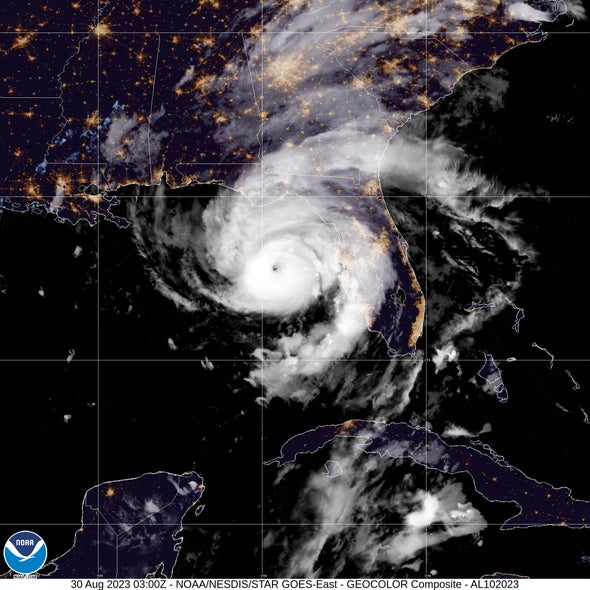
.gif)


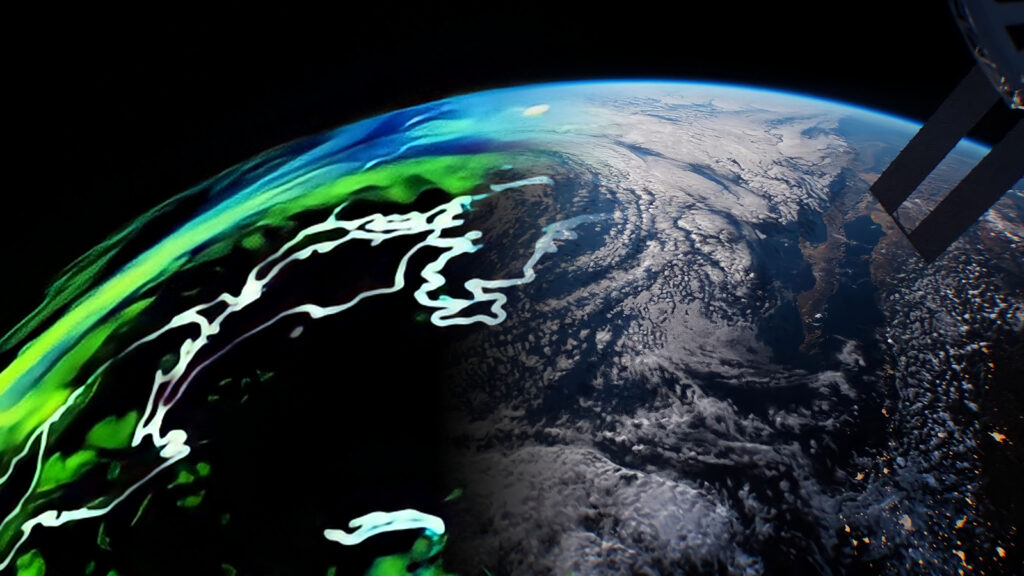
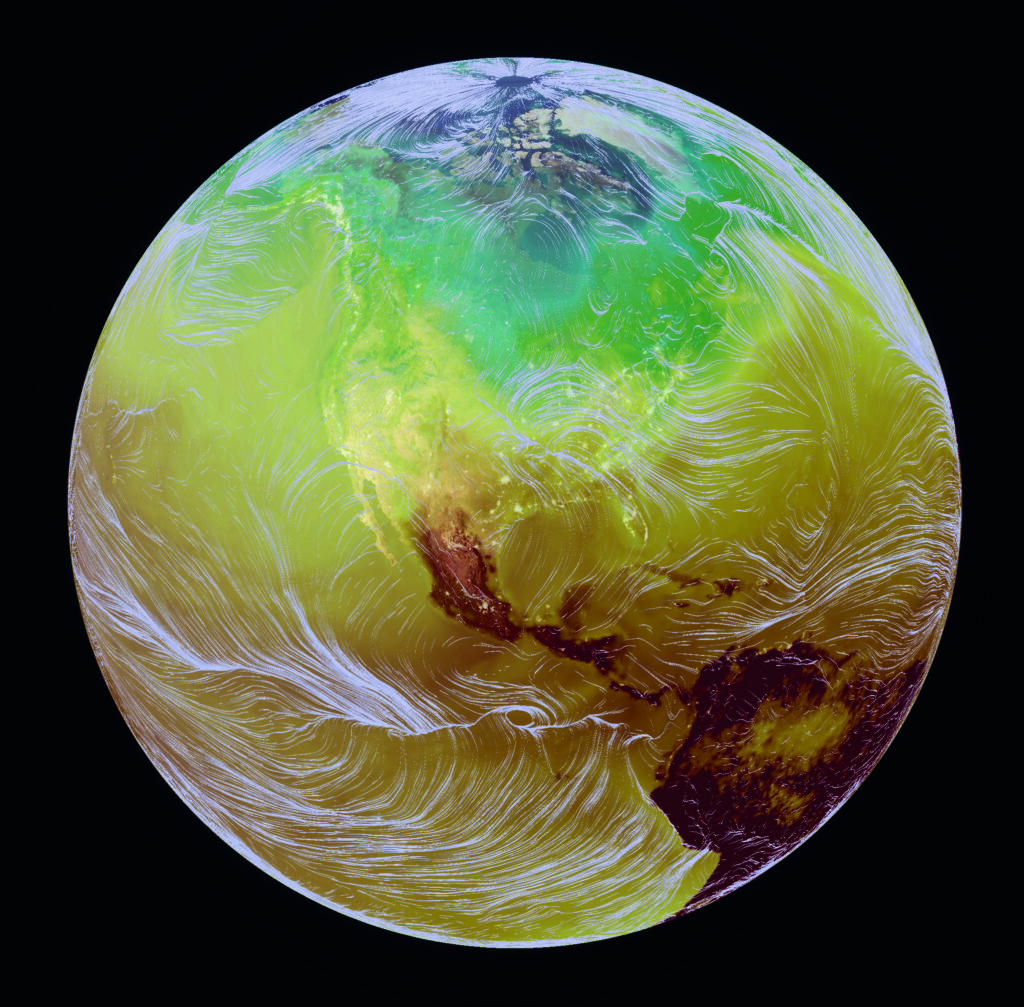 Meanwhile, Agatha, a Lockheed Martin-developed visualization platform, ingests this incoming data from Omniverse Nucleus and allows users to interact with it in an Earth-centric 4D environment.
Meanwhile, Agatha, a Lockheed Martin-developed visualization platform, ingests this incoming data from Omniverse Nucleus and allows users to interact with it in an Earth-centric 4D environment.





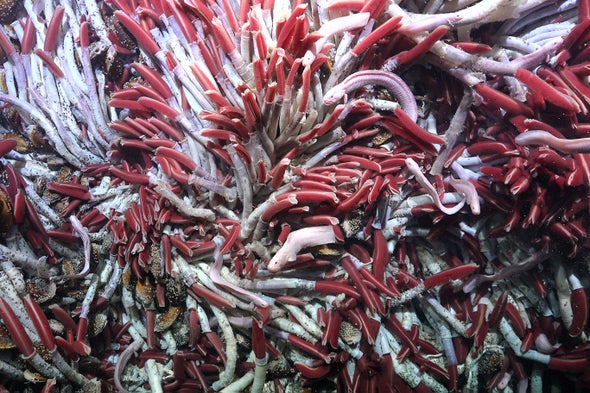
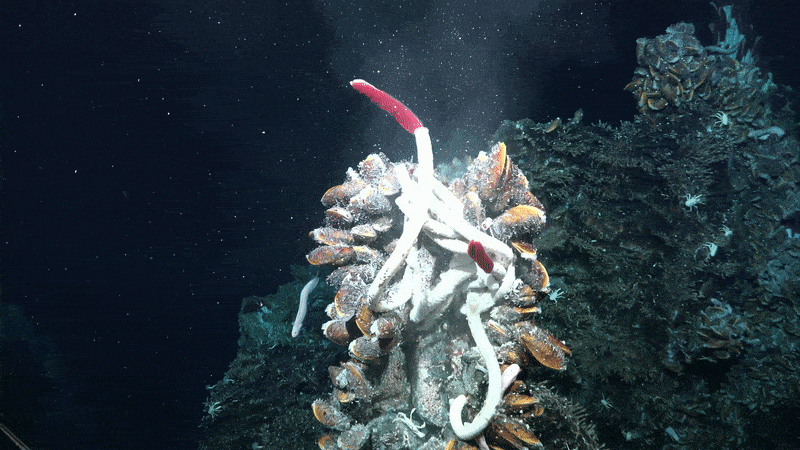 Superheated fluid streams past tubeworms and other creatures that dwell around hydrothermal vents on the East Pacific Rise.
Superheated fluid streams past tubeworms and other creatures that dwell around hydrothermal vents on the East Pacific Rise.